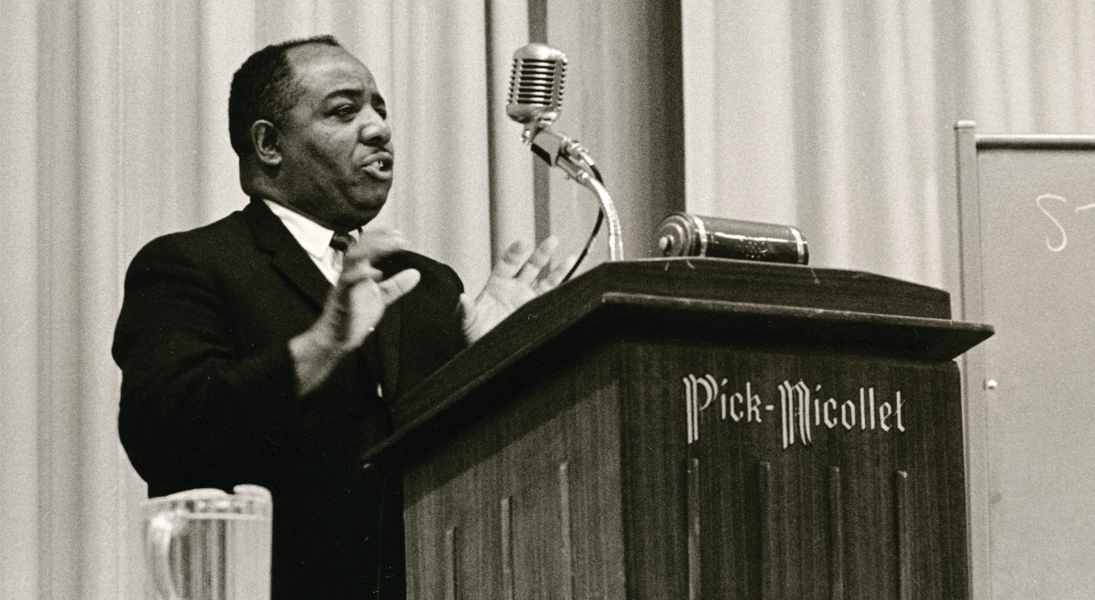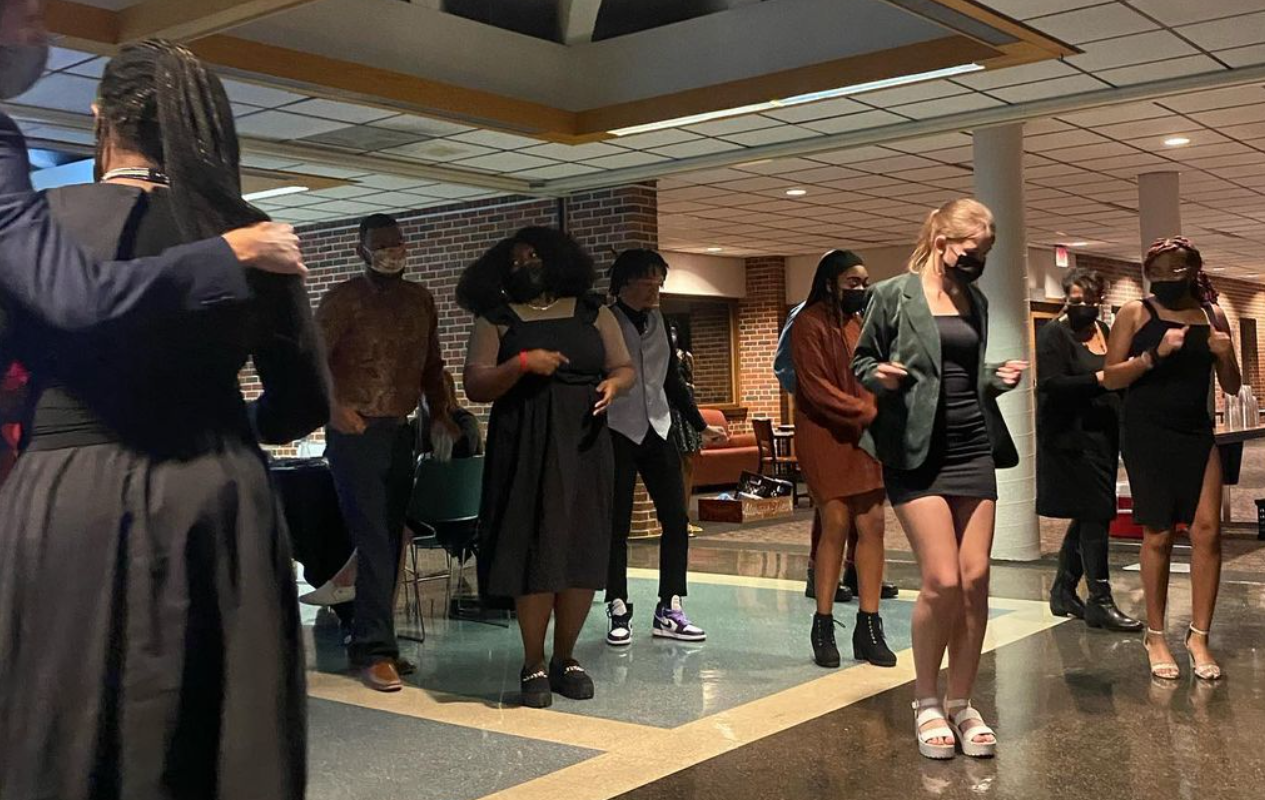During Black History Month, many of the university’s black-focused student organizations host various events highlighting Black culture and community.
One of the more well-known events from recent years is “Black is Beautiful,” a formal art show hosted by the Ebony Brotherhood Association (EBA), featuring talent from both the university and greater Columbus community, using spoken-word poetry, physical art, dance and music.
The inaugural “Black is Beautiful” in 2021 was intended to be “a cultivation of black beauty,” collaborating with eight student organizations and gaining a large amount of attention across campus. The upcoming event serves to highlight the same themes of Black art and talent.
“I want to make it a time where we educate, inspire, renew our commitment to being advocates for social justice,” Immanuel Lane, president of EBA, said. “That’s why I really want to pursue and express to everyone and let everyone know that we’re not just regular students here, you know, or just a shadow walking around, like, we want to be heard.”
The third annual “Black is Beautiful” event will be Thursday, Feb. 29 from 6-7 p.m in Koinonia. Auditions for those interested in performing at the event will be Feb. 19-20.
Other student organizations are hosting events centered around Black History Month. The Black Student Union (BSU) will host various “BSU Takeover” events from Feb. 19-21, such as catering from Black-owned businesses and hosting a Black History Kahoot night. These events will be co-hosted with the EBA and Sister Network.
The university is also acknowledging history in supporting the Black community through a special exhibit.
Blackmore Library is featuring an exhibit entitled “The Early Black History of Capital University: Exploring the History of Important Black Figures at Capital from 1900-1970,” which displays archival materials detailing early Black history at the university.

The exhibit details the first Black students in archival memory who attended the university–Rev. Marmaduke Carter in 1903 and Mrs. Johnette Elder in 1951. The exhibit also focuses on Rev. Nelson Trout, who is one of the university’s most famous alumni, as well as the first African American to become a Lutheran bishop.
One of the most prominent displays within the exhibit is a 1968 decision by then-president Harold L. Yochum and the Board of Regents to further financially and academically support African Americans and other minority students on campus. A significant part of this decision was a resolution to provide required courses on African American history and related issues.
“It’s a very fundamental part of American history,” Ashlyn Edwards, president of Sister Network, said. “I feel like it’s always … really the time to educate people in the contributions which black people have made to this country and just the stuff around you. And it’s also a good time to just, like, explore.”
The exhibit will be showcased through the beginning of March.

